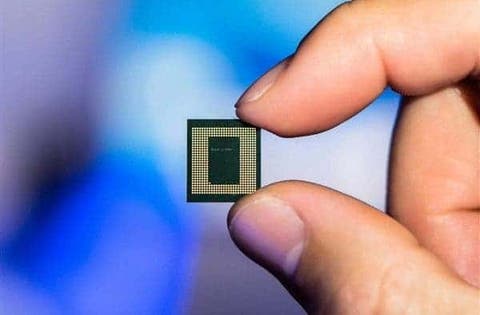The Snapdragon 875 will come sooner than its predecessors were launched. Qualcomm has confirmed that it will be officially unleashed on December 1. The first smartphone with this chip onboard will hit the market in January 2021, at least 2 months earlier than previous years.
Snapdragon 875
Not surprisingly, the Samsung Galaxy S21 series is still the first to launch the Snapdragon 875 in the world. And the Xiaomi Mi 11 will be the first to launch the Snapdragon 875 in China. The first batch of Qualcomm Snapdragon 875 manufacturers include Xiaomi (including Redmi, Black Shark), VIVO (including iQOO), BBK (OPPO, Realme, OnePlus), etc.
The Qualcomm Snapdragon 875 will use a EUV process – Samsung 5nm LPE process. Also, it will adopt the ‘1 + 3 + 4’ octa-core three cluster architecture. The single large core will have a 2.84GHz clock speed, 3 A78 cores will have a 2.42GHz clock speed and 4 A55 cores will have a 1.8GHz clock speed.
In addition, the GPU of the Snapdragon 875 is upgraded to Adreno 660. Furthermore, this chipset will use Qualcomm Secure Processing Unit (SPU250), Spectra 580 image-processing engine, and Snapdragon Sensors Core Technology. For connectivity, Qualcomm SD875 supports external 802.11ax, 2×2 MIMO, and Bluetooth Milan. This chipset also supports 3G/ 4G/ 5G modem – Millimeter wave (mmWave) and sub-6 GHz bands.
Snapdragon 885 and Snapdragon 895
However, we should say that Qualcomm has already started working on the next-gen flagship chip. The Snapdragon 885 will come later in 2021. Obviously, the current specifications are unknown, but it will continue to use Samsung’s 5nm process and may be an improved version of 5nm LPP process.
As for the Snapdragon 895 in 2022, there are no detailed specifications. But the process technology will change. Qualcomm is likely to switch back to TSMC’s foundry on this generation of chips, just like the Snapdragon 855/865 case.
The Snapdragon 895 is likely to use TSMC’s 4nm process. In fact, it is an improved version of the 5nm process. The design is compatible with 5nm, and there will be more EUV mask layers. However, the specific performance and power consumption will change greatly.
